When did you first become interested in photography and what sparked your interest?
As a teenager, I wasted a lot of film with my collection of vintage and home-made cameras and preferred to spend my Friday nights in the darkroom instead of bars. I began traveling as soon as I left school and brought along a beat up 35mm camera for taking snapshots the things I saw and experienced. The more I traveled, the more photography became a way for me to capture a bit of those experiences and share them with others. Gradually, photography became a reason in itself for seeking out and exploring new cultures, impressive architecture or stunning natural landscapes. Photography brings me places I wouldn’t have gone otherwise and opens doors to diverse experiences outside of my general interests and knowledge.
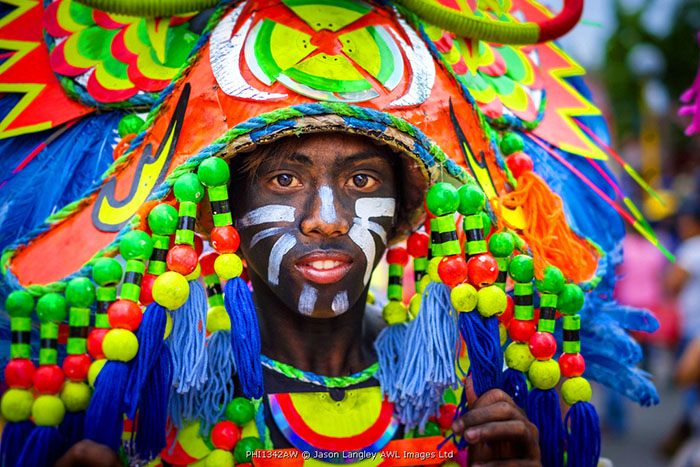
How many photo trips do you do in a year and how long do you spend on the road?
I move around a lot, and my camera is always with me so the line between life and travel is pretty blurred. I prefer to spend as much time as possible in locations to get to know and experience them longer-term whenever possible, so I have managed to live in at least half a dozen countries in the last ten years. On average, I spend at least six-months a year on the road, and would probably never stop if not for the unfortunate necessity of chaining myself in front of a computer screen from time to time in order to edit images and undertake the more mundane tasks associated with running a photography business.
What have been your favourite destinations you have photographed and why?
U.S. National Parks, Vietnam, Peru, the Philippines, and somewhat surprisingly: Hong Kong. For spectacular landscapes of nearly every kind, the National Park system is a never-ending playground of very accessible natural beauty. Hong Kong is at the other end of the spectrum: A dizzying metropolis of modern high-rise tower blocks, concrete and steel, mixed with an impressive blend of culture – and great food.
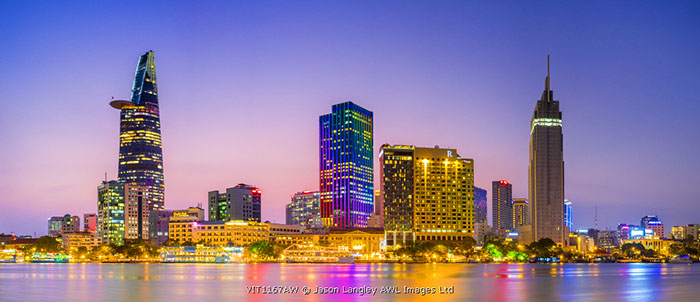
Do you have a favourite technique or piece of photographic equipment?
I love shooting at dusk/dawn or at night. I often use long exposures, sometimes even in daylight with a neutral density filter. I generally don’t get too hung up on equipment; My personal favorite camera (mostly for nostalgic reasons!) would have to be my Hasselblad 500c/m which will have to be buried with me. For travel photography, I like FujiFilm mirrorless cameras because of their relatively compact size and weight, and I can operate them without ever looking at the camera, in the dark, or in a rainstorm. Really though, it’s the little things that matter most: filters, gaffer tape, and fresh socks.
What do you find most challenging shooting travel stock images?
Shooting great travel photography requires a huge amount of planning, but probably an even larger amount of luck. A good travel photographer needs to be prepared for a wide variety of situations, lighting, and shooting conditions and you almost never know exactly what to expect ahead of time. Finding a new take on well-known locations, and trying to capture the essence of travel to a specific location in a single frame are probably the most difficult aspects of making a good travel image.
Is there somewhere you’d still love to shoot?
It’s a very long list that’s usually expanding faster than I can cross things off! Somewhere at the top would probably be Patagonia, Myanmar, Madagascar, Japan, Iceland, Faroe Islands, Norway, Antarctica, and many others.
Have you had a situation where it all went wrong and you didn’t get the shots you planned?
Many times! A scorpion sting on the trail a day before arriving to Machu Picchu left me nearly unable to walk. A dead camera in the middle of the South China sea. Dengue Fever in Vietnam. That time I forgot to focus. Or meter properly. Or when my hands were shaking too much to hold the camera steady because I sprinted up a mountain at 4am to catch a sunrise and was probably having a mild heart attack? Was charged by a moose in Glacier NP; had to leave the camera behind (recovered it later). My entire camera bag was stolen in Peru (recovered it later). Dropped lenses, frozen batteries, x-ray fogged film, torrential rains, overzealous security guards, scaffolding, and tourists with selfie-sticks have all had a hand in many missed shots over the years.
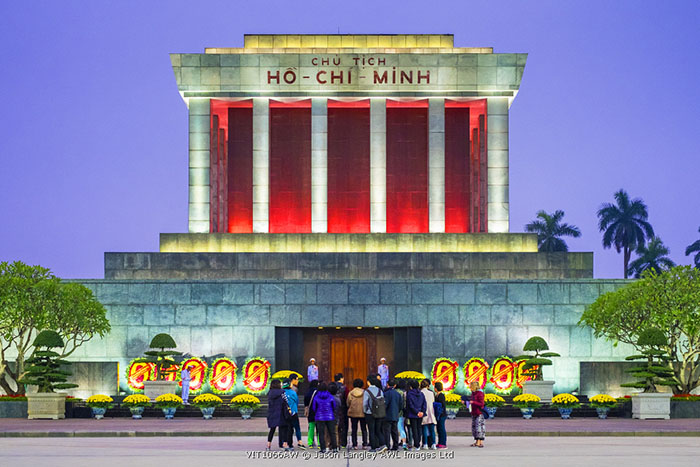
Is there any advise you’d give to a young person thinking of getting onto this business?
Honestly, I would say think about it really hard! Making a business out of photography in the current market is not an easy task, especially for someone just starting out. I often tell people they may be better off keeping photography as a hobby, for personal fulfillment or enjoyment rather than relying on it to make a living. Consider why you make photos, what kind of photos you want to make, and what you hope to get out of your photography. If you are looking for riches, it’s probably the wrong business. The only way to make it work is if you are extremely motivated, and are making images of something you are truly passionate about. Many people don’t realize how much more goes into running a successful travel photography business than traveling the world, drinking cocktails and pressing the shutter button. A huge percentage of time is spent on non-photography related tasks: Office work, marketing, following up with clients, web development, key-wording, shoot planning, etc.
If you weren’t a photographer what would you be?
Unemployed! Probably hanging around on a beach somewhere.

How do you make your images stand out?
I am always looking for vibrant color and exceptional light, as well as geometry and strong lines. I think the best images are often the ones that contain an element of surprise, something unique or unplanned that fell into place at just the right moment, so I always try to stay aware and ready to capture those moments whenever they arise.
To see more of Jason’s work click here
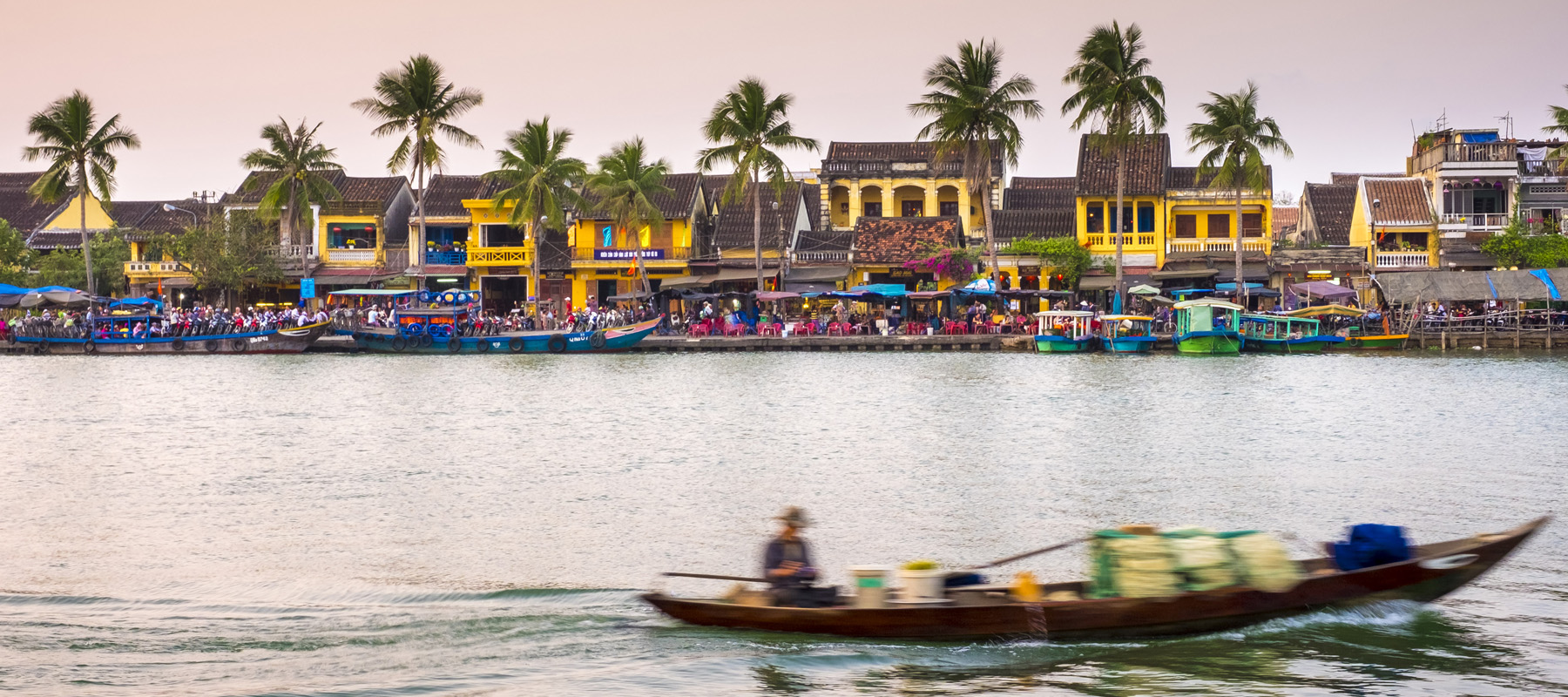
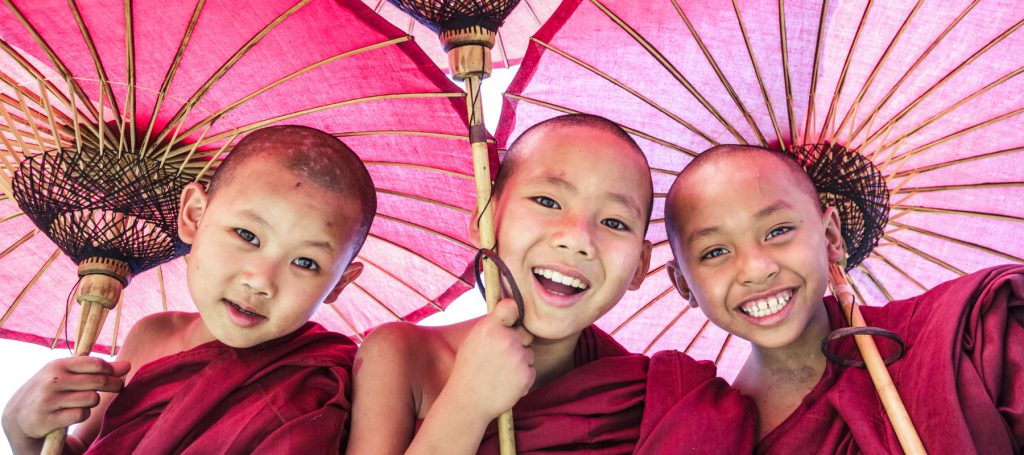
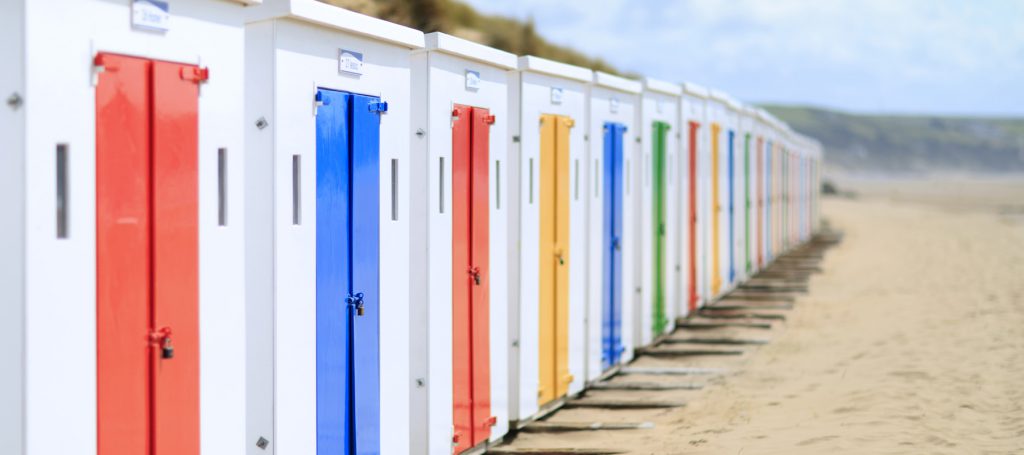
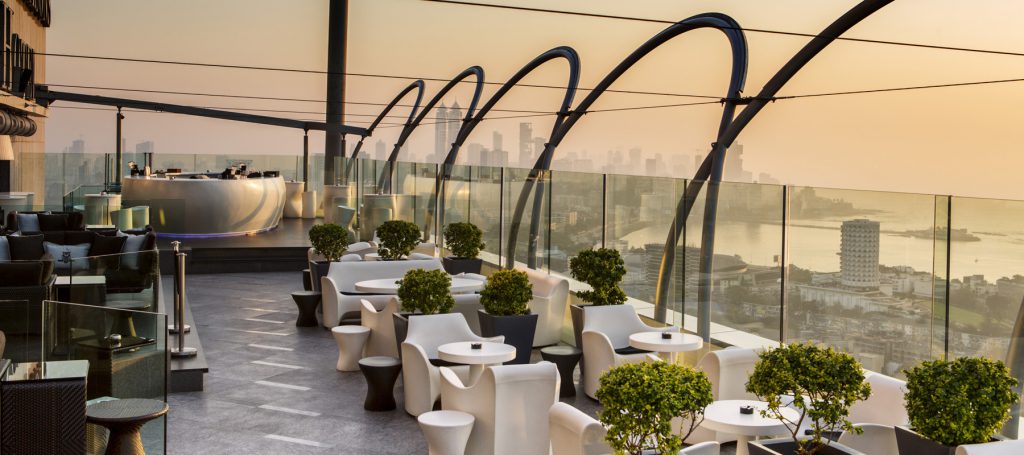
Reblogged this on Reciprocity Images.